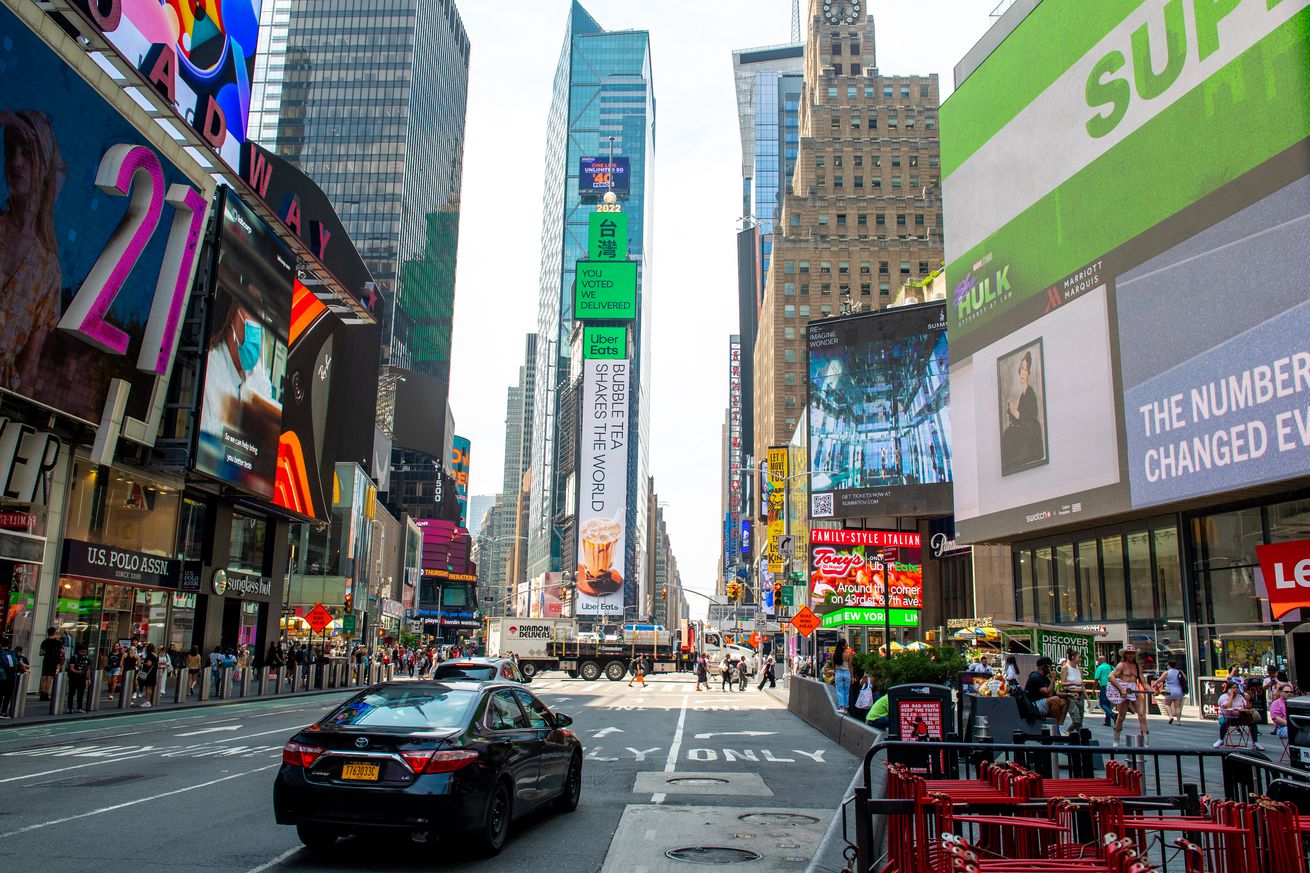
New York City will require Uber and Lyft to go 100 percent electric by 2030
In his State of the City speech Thursday, New York City Mayor Eric Adams announced that Uber and Lyft will be required to be zero emission by 2030. The decision by one of the world’s largest markets for app-based ridehailing has the potential to affect an estimated 100,000 for-hire vehicles.
Adams said the move will build on efforts his administration has made to electrify the city’s fleet of vehicles while installing charging infrastructure to power those vehicles throughout the five boroughs. The mayor will likely implement his plan through the city’s Taxi and Limousine Commission, which regulates the for-hire vehicle industry, including Uber and Lyft.
Uber and Lyft, which normally chafe at new requirements and have been known to sue to block rules they don’t like, sound largely positive toward the new development in New York.
Adams said the move will build on efforts his administration has made to electrify the city’s fleet of vehicles while installing charging infrastructure to power those vehicles throughout the five boroughs
“We are excited to partner with New York City on our journey,” Paul Augustine, Lyft’s director of sustainability, said in a statement. “New York’s commitment will accelerate an equitable city-wide transition to electric, and we’re eager to collaborate with the TLC on an ambitious plan for a rideshare clean mile standard.”
“We applaud the Mayor’s ambition for reducing emissions, an important goal we share,” Josh Gold, senior director of policy at Uber, said in a statement. “Uber has been making real progress to become the first zero-emissions mobility platform in North America, and there’s much more to do.”
Both companies are already in the process of taking steps to incentivize their drivers to switch to electric vehicles, either through partnerships with rental car companies like Hertz or by authorizing higher fares for drivers who use EVs. Uber and Lyft have both said they aim for their fleet to be “100 percent electric” by 2030.
Of course, getting the millions of people who drive for Uber and Lyft to switch to electric vehicles will be no easy task. Ridehail drivers are classified as independent contractors, and many use their personal cars to drive for not just one but several gig economy companies. Also, EVs tend to be more expensive than gas vehicles, despite costing less to fuel and maintain. That steep upfront cost may make it a challenge for many drivers, who typically operate with incredibly tight margins, to make the switch.
New York isn’t the first government to require an all-electric ridehail fleet. California adopted new rules in 2021 requiring ridesharing companies to electrify their fleets by 2030 — a few years before the state expects to completely prohibit the sale of new gas cars.

